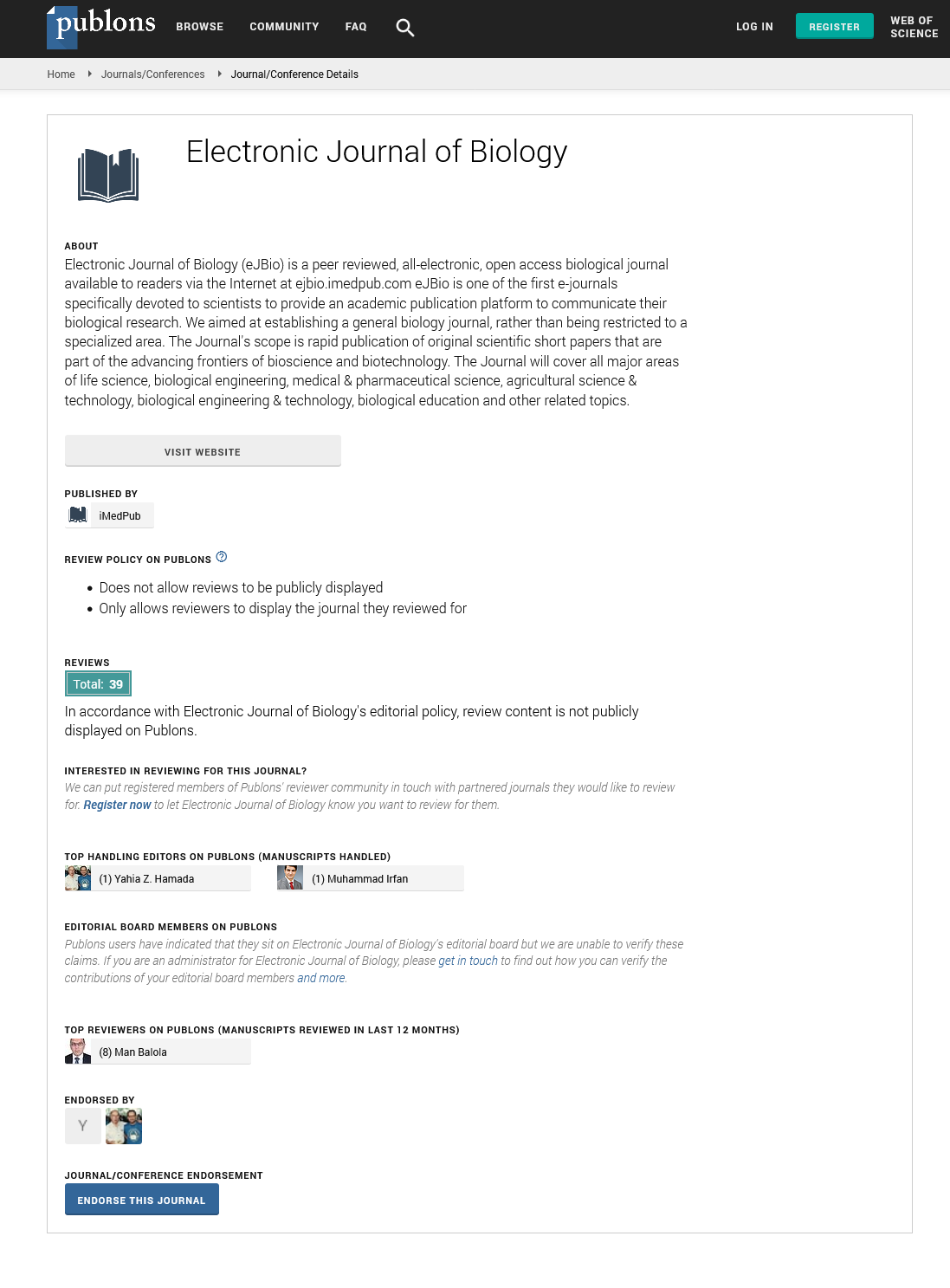Abstract
Isolation and Identification of Halophilic Actinomyces with Antimicrobial Activity and Partial Characterization of their Bioactive Compounds
Aim: The purpose of this study was isolation of halophilic Actinomyces and the evaluation of their potential for producing antimicrobial metabolites. Methodology and results: To isolate antimicrobial metabolites producing Actinomyces, culture supernatant of 51 halophilic Actinnomyces isolates were assessed against Escherichia coli (PTCC 1330), Pseudomonas aeruginosa (PTCC 1074), Bacillus cereus (PTCC 1015), Staphylococcus aureus (PTCC 1112), Candida albicans (PTCC 5027) and Aspergillus niger (PTCC 5012) using Well Diffusion Agar (WDA) method. Then the promising strains were identified by API kit (bioMerieux) and 16S rRNA gene sequencing. The antimicrobial production was optimized at different temperatures, pHs, and variety of carbon, nitrogen-sources. Then the structural analysis of the metabolites carried out by UV-visible, FT-IR and 1H NMR and 13C NMR. Out of 51strainsof halophilic Actinomyces isolates, three strains showed potent activity for the production of antimicrobial metabolites. Bacillus cereus, Staphylococcus aureus and Candida albicans were sensitive to all and E. coli was sensitive to the bioactive compounds produced by Am18 and Aa8. Pseudomonas aeruginosa was resistance to all antimicrobial metabolites produced by the isolates. Phenotyping and molecular identification of the antimicrobial metabolites producing strains recognized them as Streptomyces sp. Ahbb4, Streptomyces flavidofuscus strain HBUM1740 and Streptomyces olivoviridis strain CGMCC. Optimal temperature, pH and C, N-sources for growth of these strains were 27°C, 8 and fructose, xylose and yeast extract and peptone respectively. In addition, The UV-visible, FT-IR and 1H NMR and 13C NMR spectrum suggesting the peptide nature of the compounds. However chloroacetate, ethylcholoroacetate and 4 chloro 3 hydroxybutyronitrite groups could be probably linked to the structures, but complete structure elucidations were not fully recognized. Conclusion, significance and impact of study: Our finding probably introduces new antimicrobial metabolites produced by halophilic Actinomyces however it needs more evaluation.
Author(s):
Mohamad Reza Nasri, Majid Baserisalehi, Mehran Kurdtabar
Abstract | Full-Text | PDF
Share this

Google scholar citation report
Citations : 5001
Electronic Journal of Biology received 5001 citations as per google scholar report
Electronic Journal of Biology peer review process verified at publons
Abstracted/Indexed in
- Google Scholar
- China National Knowledge Infrastructure (CNKI)
- CiteFactor
- Electronic Journals Library
- Zoological Records
- WorldCat
- Proquest Summons
- Publons
- MIAR
- Openaccessarticles.com
- Secret Search Engine Labs
Open Access Journals
- Aquaculture & Veterinary Science
- Chemistry & Chemical Sciences
- Clinical Sciences
- Engineering
- General Science
- Genetics & Molecular Biology
- Health Care & Nursing
- Immunology & Microbiology
- Materials Science
- Mathematics & Physics
- Medical Sciences
- Neurology & Psychiatry
- Oncology & Cancer Science
- Pharmaceutical Sciences


